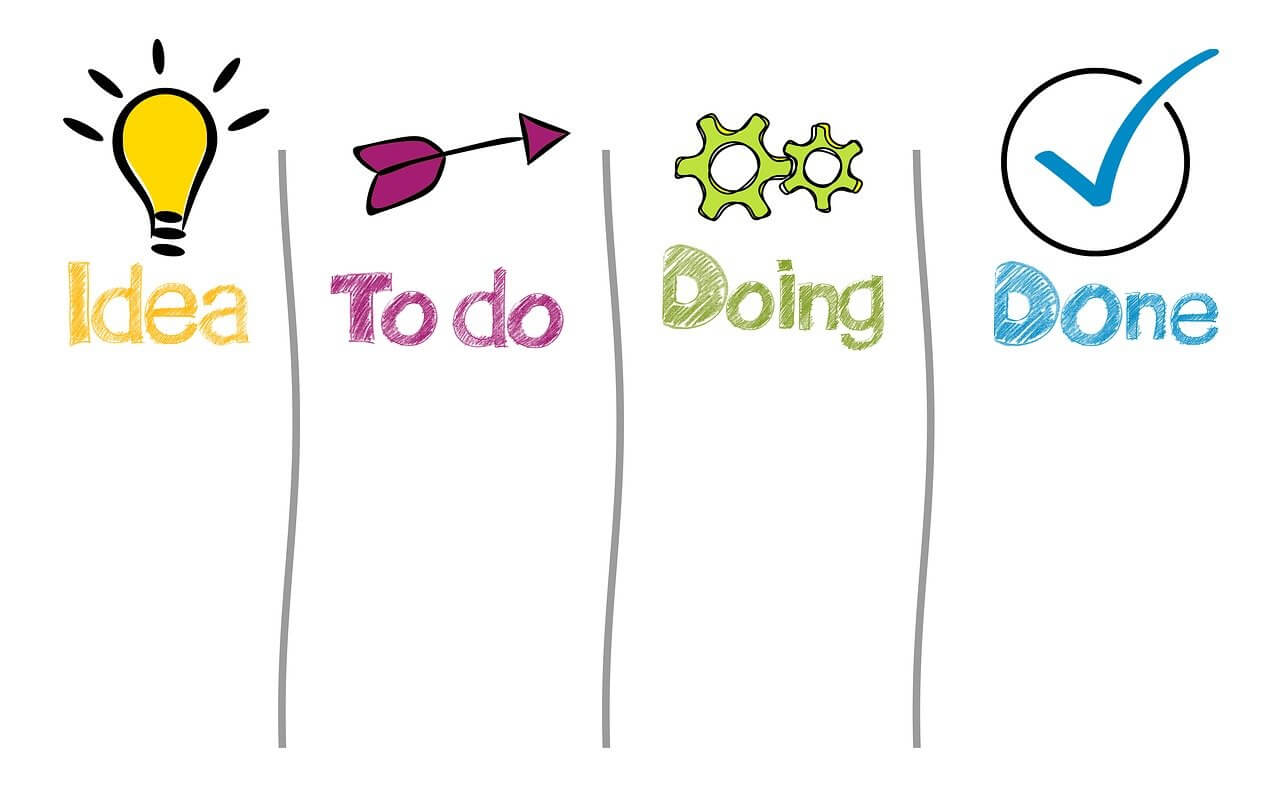1. If a mechanism you’re using to raise funds for your programs/operations is called the “Annual Fund,” and if you solicit the same constituency more than once each year, then a response you’re likely to get from donors is, “I already gave this year.”
You may not hear them say it but, for sure, many of them will be thinking it.
_______________
2. I’ve met many board members, executive directors and development staff who believe that it “isn’t nice” to ask people for money more than once a year. That means that those folks are uncomfortable asking for money, which makes them (want to) believe that there’s something socially improper about doing so.
To them, “begging” bears a stigma, and they believe their friends will avoid them if they “bother” them too often !! These folks are often identifiable by the emphasis they put on writing grant applications — the more, the better.
Hey, I’ve also met many folks in the non-profit sector who believe that asking for money, even once a year, is tacky/low-class/shameful/etc. Those people hire development staff to bring in the money … so they won’t have to !!
_______________
3. The Annual Fund folks at the vast majority of colleges and universities are the least experienced people on the development staff. Why do you suppose that is ??
========================
Have a question about starting or expanding your fundraising? Email me at [email protected]. With over 30 years of counseling in major gifts, capital campaigns, bequest programs and the planning studies to precede these three, we’ll work to answer your question.










